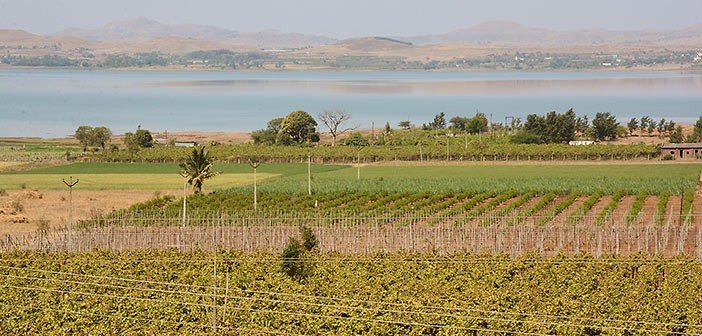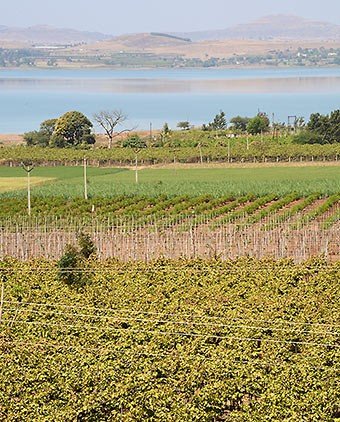India has already several wine regions. From them Nashik is well on its way to becoming the country’s wine capital. India has not much of a market for the more expensive wines at home, so the focus in wine-making is on entry-level products. But there were some very promising ones also on the journey to probably to the most mind blowing wine country in the world.
Close your eyes and think what comes to mind when you think of India? The scorching red sun, the smell of the incense and spices, sitar tunes, palm trees swaying in the sea breeze, colourful sharis, traffic jams and maharajah palaces thousands of years old…
Actually, everything comes to mind – except wine.
Wine production in India, however, is already surprisingly high; 17 million litres (2014) and growing rapidly to satisfy not only exports but also domestic demand, which is growing at 20% per year. Although India’s own wine consumption is growing by a fifth a year, it must be remembered that the stock figure is very small. India, with a population of 1.2 billion, consumes only 9 milliliters of wine per person per year, which is about 1/8000th of what France consumes!
In a deeply religious country, one factor contributing to the rise in consumption is legislation that prevents, for example, alcoholic drinks being served within 100 meters of a temple – and anyone who has been to India knows that there are temples, large and small, as close as 50 meters apart.
When talking to winemakers, we found a surprising amount of ideological similarity between the starting point of Finnish and Indian alcohol legislation. Instead of thinking about the positive aspects of having a glass of wine on a terrace on a beautiful summer’s day, the focus is on the horrible things that can happen. Sounds depressingly familiar!

India’s wine regions are found across a wide swath of the country, from the Kaveri Valley in the south to Kashmir in the north. It is clear that climatic conditions vary widely over a distance of 2,000 km, but the common factor is the arrival of monsoon rains in summer, which limits cultivation to a dry winter season when irrigation is the only way to keep the vines alive.
Nashik is India’s number 1 wine country
Nashik, 180 km north-east of Megalopolis Mumbai, has been known as India’s grape-growing country for a thousand years, and its juicy, big fruits have been exported all over India and even to us in Finland. Now Nashik is starting to be ahead of the curve when it comes to what is shaping up to be India’s ‘wine country’. This is helped by the fact that Nashik is close enough to Mumbai, India’s largest domestic market for wine, for the rich to drive to the rural tranquility for a weekend to enjoy the scenery and wine.
Nashik’s climate is surprisingly cool
On a bright morning, I jumped off the train at Nashik station and was astonished. It was really cool, only about 10 degrees, despite being near a tropical coast where a hat is not needed at any time of year. The Nashik plateau is 600m above sea level, so winter nights provide the coolness that, combined with warm days, is needed to grow a diverse range of wines.
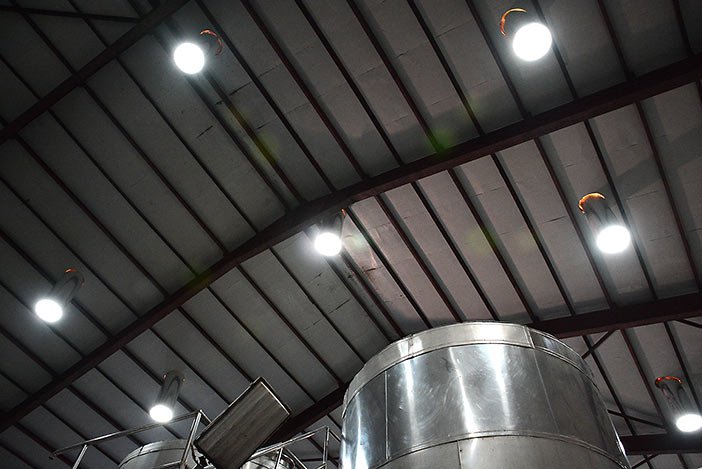
In Nashik, the growing season begins in September. The vines undergo a major pruning, then burst into bud after a hot summer and a rainy autumn. At flowering, daytime temperatures can still rise above thirty, but as the year turns, they drop from there to just over +20C. Then they rise to daytime temperatures of +30C at the time of harvest in February and March. Nights remain consistently cool. The daily temperature cycle is therefore the exact opposite of what we are used to in wine-growing areas.
Around Nashik, there are currently about 37 wine producers, 6-7 of which are commercially significant. No doubt these numbers will grow rapidly, although prices per hectare are already close to European levels. It is therefore typical for farms to own a small share and for contract growers to produce a larger share of the harvest. The risk is therefore low and labour in India is extremely cheap.
Sula vineyards – the frontline of India’s wine revolution
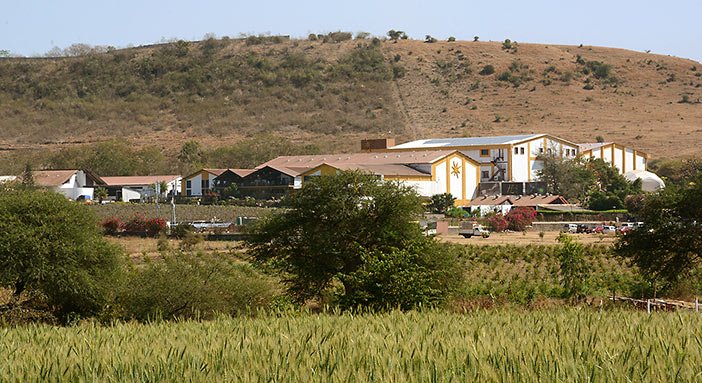
About ten kilometres from the “small town” of Nashik (population 1.5 million), the landscape changes from exhaust-filled, congested streets and dusty country lanes to a lush oasis in the middle of which stands the Sula Vineyards production and entertainment centre with its bars, restaurants and terraces. Tourist buses and SUVs glide from the guarded gate onto the vine-lined street towards the estates favoured by Mumbai’s rich, where weddings and festivals are held. A few kilometres down the country road is Sula’s resort hotel; Beyond, which rivals its counterparts in Australia and California. Sula’s wine center attracts a respectable 200,000 visitors a year.
Sula vineyards started in 1997
Founder Rajeev Semant, who worked in San Francisco, became fascinated with American wine culture. On his return to India, he planted the first wine-making vines on his family’s 12-acre farm in Nashik in 1997 with Sonoma winemaker Kerry Damskey.
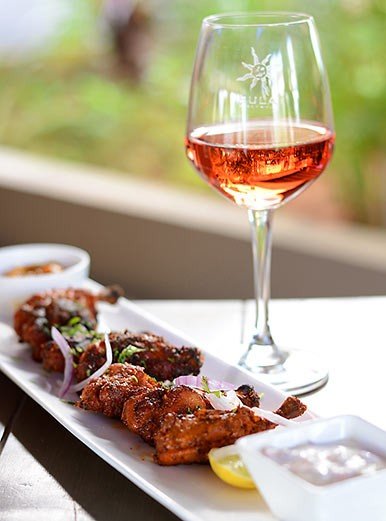
In the late 90s, Indian law was far from favorable to wine producers, but Rajeevin’s dogged determination eventually enabled him to get the necessary permits. Thanks to Rajeev Semant’s determination, India is now a wine country and Nashik is its wine capital.
The Sula vineyards now produce 10,000,000 bottles a year, so it is no longer a matter of tinkering. Sula’s production is growing at a rate of 18% a year, so there’s plenty of activity. Sula has 100 hectares of its own fields and 1,000 hectares (!) for contract farmers.
Master winemaker Ajoy Shaw understands that continuous development is the key to success in a wine region that is still very young. They produce and have experimented with almost every cultivated grape variety in the world. The vineyards are in an area known as Dindor, which has sandy and rocky soils rich in iron and minerals. The only thing that hasn’t produced much in Dindor is Chardonnay. Indeed, the White Queen is a variety that reflects the soil right through and for that, the rusty red of Dindor is undoubtedly too much.
There’s no fear of phylloxera (grapevine) because of India’s scorching hot summer, but Ajoy Shaw and his team are still busy testing new rhizomes to find the optimum combination for the challenging, dry soil.
Seed rates are brisk; 60-65 hectoliters for whites and 50-55 for reds. Reserve wines 40-45 hl. There are few restrictions on yields; at the time of veraison, about 10% of the grapes are removed, with pruning at the beginning and end of growth.
Wines have traditionally been vinified on production yeasts available in Europe, but trials with wild yeasts over the last couple of years have proved successful and production is being shifted towards them where possible.
Sula vineyards wine tasting
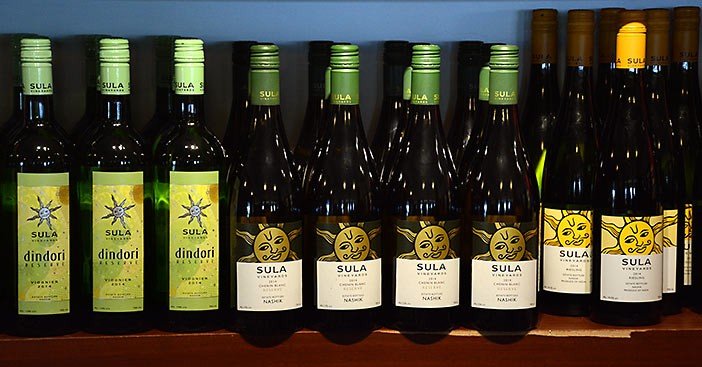
Sula has nearly 30 products in its repertoire. There’s no need to go through all of them here, but it’s worth noting that the white ones certainly have the most work to do. The Dindori soil often comes across as a very metallic flavour. The wines are surprisingly fresh and acidic, though, thanks to the large diurnal temperature variation.
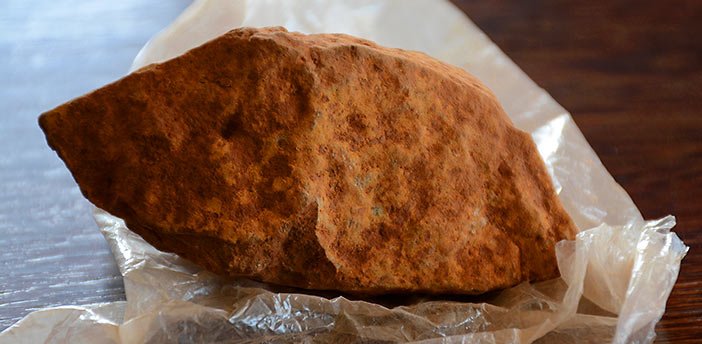
Among the white ones, one could highlight two of the most interesting:
Sweet Riesling
The wonderful nose is full of aromas of lemon, herbs and apples. There are also more tropical hints. Fresh on the palate, where the residual sugar doesn’t overwhelm but the wine remains quite firm to the end.
Sula Late Harvest Chenin Blanc
Tropical fruit; mango and honey. Delicious mouthfeel and by no means too sweet. A fresh dessert wine and certainly not bad with a hot and spicy Indian curry?
The soil in Indore is clearly more favourable to red wines. There is also something stylistically familiar about them. Dry, fruity and strong. Reminiscent of P-African or Middle Eastern red wines.
Dindori Reserve Shiraz
Matured in new American oak for 9 months, this Shiraz gives aromas of dark berries and a touch of leather. The full-bodied wine is evolved and muesli berry flavoured. A good barbecue wine.
Rasa Cabernet Sauvignon 2008
Rasa wines are the spearhead of Sula. The Cabernet has a heady, musky blackcurrant nose. The palate is full-bodied, lush, developed and very dry. An excellent wine that would be interesting to taste blind alongside, for example, the legendary Chateau Musar?
sulawines.com
York – family farm with a penchant for white wines
A little further along the same bumpy country road, you’ll find the rather recent York family farm. Founded in 2008, York owns 3 hectares and through contract growers, grapes come from 30 hectares. Their own vines sprawl beautifully in front of the farmhouse with turquoise Lake Nashik in the background. The contract growers are also in the Dindor area on a variety of soils, but united by the red iron ore that runs from the edge of the area to the edge.
Harvest rates at York are spectacular; averaging 75 hl/ha, meaning no crop limitation measures are taken beyond pruning. To support the rare non-monsoon rains, irrigation is mandatory in Nashik. In addition to the domestic market, York wines can be purchased from Japan, Australia, England and West Africa.
York wine tasting
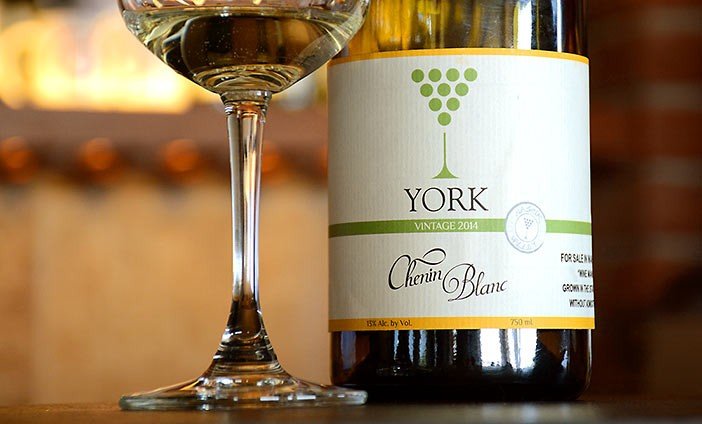
York’s young University of Adelaide oenologist Kailash Gurnani has managed to keep Dindor’s minerality fairly well in check in white wines. Here are a couple of highlights:
York Sparkling
Pear and herbs in a clean aroma. A moderately acidic sparkling wine with good balance and fine bubbles. The minerality of the finish supports the wine and does not mask the flavour.
Although York says it is a house of white wines, the reds also have potential – at least for the international market.
Arros 2012
4709 bottles made, each numbered. Giving fragrance with currant, chocolate and eucalyptus. Full-bodied and warm, the wine is very velvety and complex. A very interesting wine.
yorkwinery.com
Nine Hills – an acquaintance at the airport hotel bar
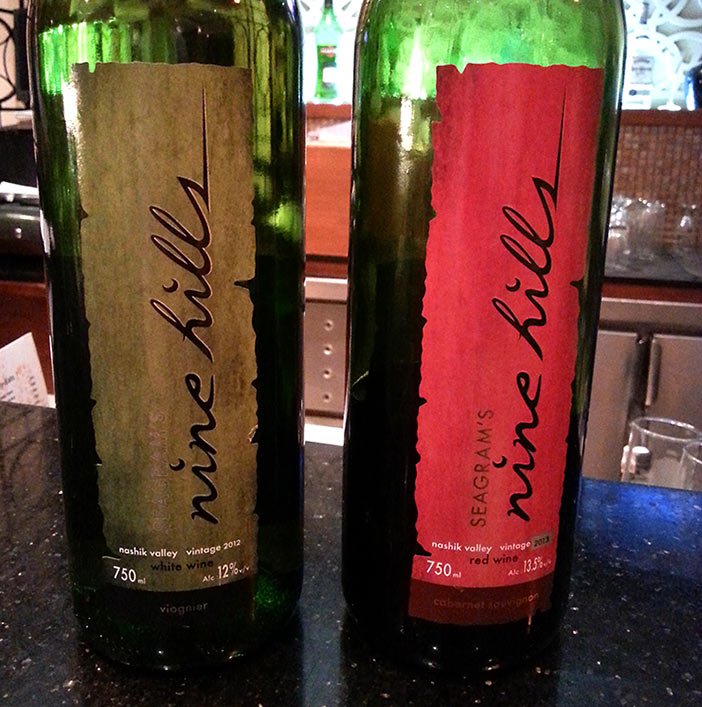
With Indian law against worldly pleasures, it’s clear that not every street corner has a wine bar to sample. Fortunately, the airport hotel had Nine Hills products (also from Nashik), which are included in this review.
Sauvignon blanc
Tropical fruity nose with a touch of earth and vegetables. Round tropical taste. Quite fresh. Low acidity and herbal. This one is special too.
Nine hills cabernet Sauvignon
Sweet and juicy nose. Smoke and earth. Medium-bodied. Supple. Surprisingly fresh and quite short. Quite drinkable despite its youth.
Text and photos: Janne Suomi
This post is also available in:
Suomi

